
— September 03, 2025
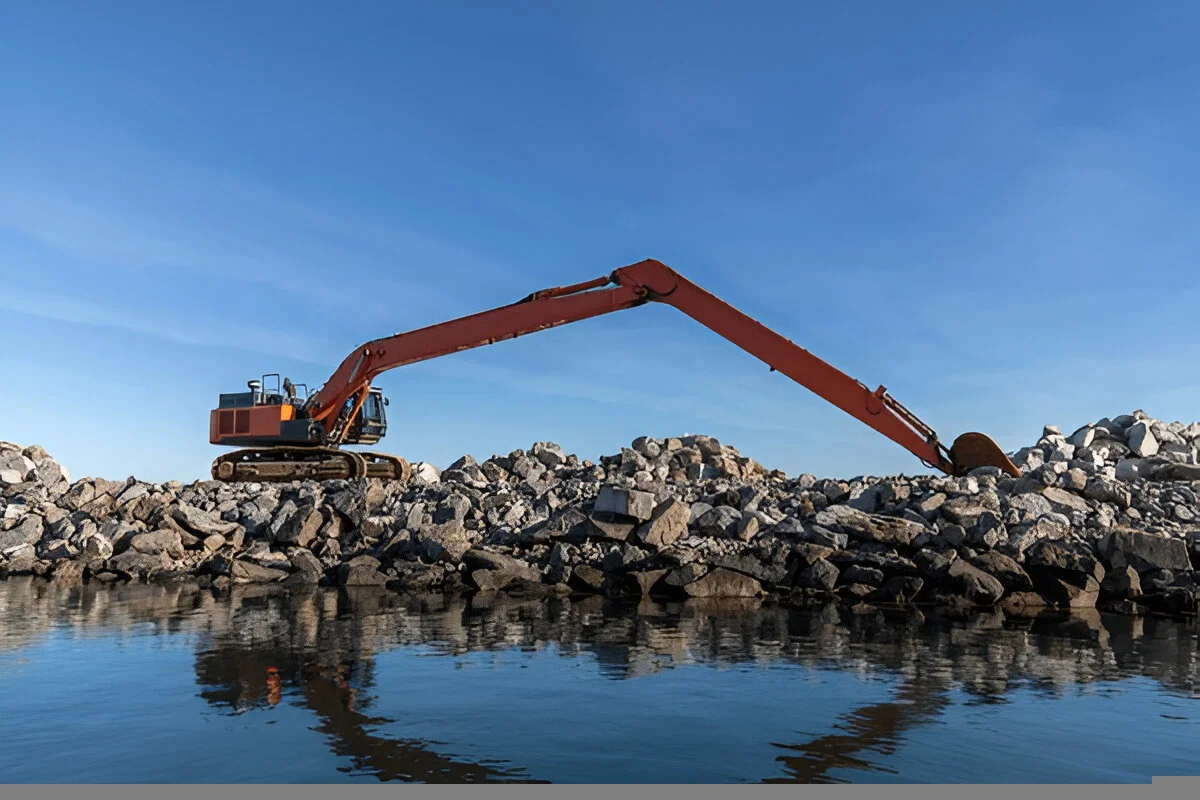
Long boom excavators are specialized excavation machines designed for deep trenching, dredging, and high-reach demolition. These hydraulic excavators, including models from JCB, Tata Hitachi, SANY, and Hyundai, offer extended reach, better safety, and high precision. Ideal for complex sites, long boom excavators improve productivity and reduce operating costs—making them essential for modern construction and infrastructure projects.
Have you ever wondered how construction, dredging, and mining are carried out in inaccessible places where standard excavators cannot reach? The solution is a long-boom excavator. Long boom excavators, also known as long-reach excavators, are specialized machines designed for accessing job sites where access is difficult. Unlike standard excavators, the arms and booms of these machines are relatively longer, enabling them to access hard-to-reach areas like deep trenches, vast water bodies, and high embankments. While conventional excavators have expertise in close-range performance in digging and lifting, this type has an added advantage of range and flexibility over difficult terrain.
In modern times, construction and infrastructure are evolving in terms of efficiency and versatility. Long boom excavators play a pivotal role in carrying out safe but effective actions in areas where conventional machines fail. River dredging, demolition projects, and slope stabilization are a few examples of common jobs that might involve one of these machines as part of the appropriate work equipment. As construction needs continue to change, the requirement for equipment to meet the high demand also changes, and long-reach excavators are ahead of the game.
A long-boom excavator is a hydraulic-powered machine designed to have an extended working arm and boom, allowing for greater reach and digging depth compared to standard models. Typically employed for tasks that require reaching far from the machine’s base, these excavators are ideally suited for dredging, demolition, deep excavation, and work on water bodies or unstable terrains.
One of the most distinctive elements of a long-boom excavator is that it can reach anywhere from 40 to 100 ft beyond the standard range. This allows operators to operate in areas unfavorable for any conventional machine. Again, these machines are equipped with specialized counterweights to counterbalance this extra length and keep operational stability. It is this counterbalance capability that allows this machine to remain grounded while executing these extended-reach duties, therefore preventing tipping or instability.
In these types of excavators, extra counterweights can be added for balance, and undercarriages are reinforced to handle the stress of extra operations better. Heavy-duty tracks and chassis modifications are sometimes included in certain models to withstand the increased load and operating conditions. All in all, long-reach excavators are built for precision and distance in hostile operating environments.
Long-boom excavators are construction machines that have their application in many construction and infrastructural projects. The machines are very beneficial for their extended reach and precision when it comes to operation in space, with limited space for a standard excavator. Some of their key applications are as follows:
Long-boom excavators have numerous additional benefits that make them practically indispensable at complex sites. Below are some identified benefits:
The major benefit is the excavator’s ability to reach depths and heights in areas that are otherwise inaccessible: deep trenches, steep slopes, or even over water.
With a longer reach, the machine performs more work in the same position, reducing movements across the site. This consequently lowers job duration and fuel consumption and improves overall productivity.
Long boom excavators greatly eliminate the possibilities of accidents, allowing operators to keep a safe distance from areas that are hazardous—such as unstable buildings or edges of water.
The machines are very versatile and are suitable for various tasks, including demolition, dredging, slope grading, deep trenching, and maintenance work in rural and urban environments.
Since they work mainly from the periphery of the work area, they preserve the environment, which is important for jobs in ecologically sensitive areas or hard-to-reach sites.
Modern long-boom excavators come fitted with computer-controlled hydraulic systems that allow the boom to move accurately at maximum reach. Selective demolition or sensitive trenching are both highly reliant on this
More compact & maneuverable
| Feature | Long Boom Excavators | Standard Excavators |
| Boom Reach | 40–100 ft | 20–40 ft |
| Applications | Dredging, slope work, demolition | General digging, loading |
| Stability | Reinforced, often larger | Standard setup |
| Flexibility | Less agile in tight spaces | More compact maneuverable |
| Cost | Higher initial cost | Lower purchase/rental cost |
Give examples with a few model names:
The extended reach of boom excavators provides utility in modern construction that is unparalleled where standard machines might fall short. Be it deep excavation, dredging, or working in remote areas, the extended arms allow these machines to operate safely and efficiently in complex jobs.
Choosing a long boom excavator involves more than just finding one of the right sizes; it involves maximizing efficiency, safety on site, and overall productivity. An appropriate machine has the potential for a significant impact on timelines and deliverables.
The contractor and project managers must carve out some time to evaluate job requirements, terrain conditions, and tool compatibilities. Their consultations with trusted equipment suppliers or rental agencies are also instrumental in exploring possibilities that offer custom solutions. With careful planning, long boom excavators will become an invaluable asset for any construction site.
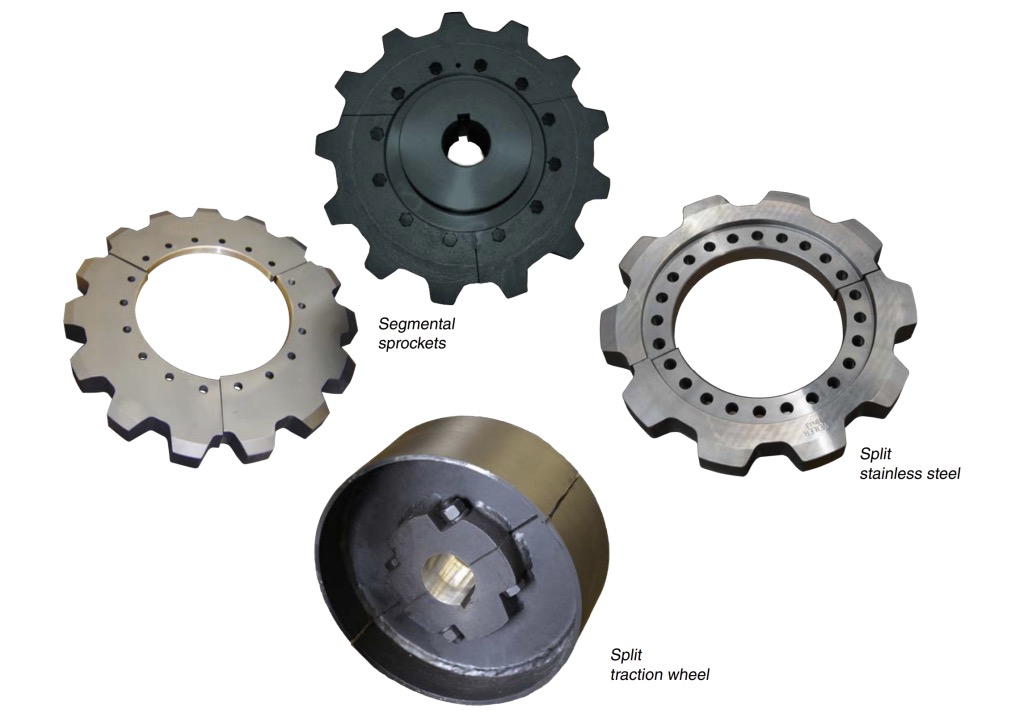
A guide to sprockets in construction equipment: types, functions, maintenance, and more
December 3, 2025
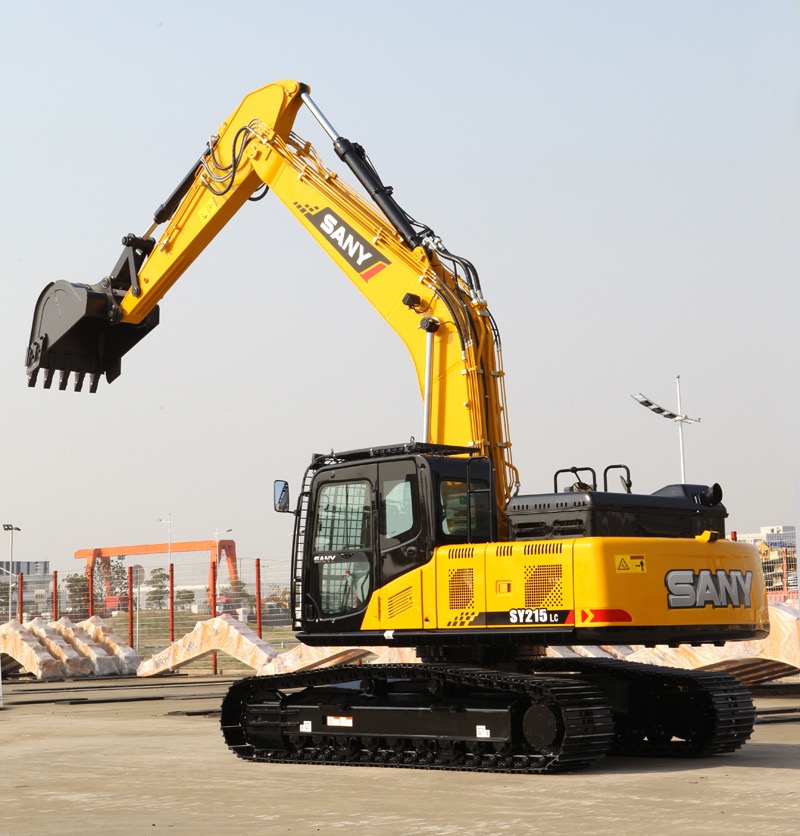
Key components of an excavator arm and how to maintain them
December 3, 2025
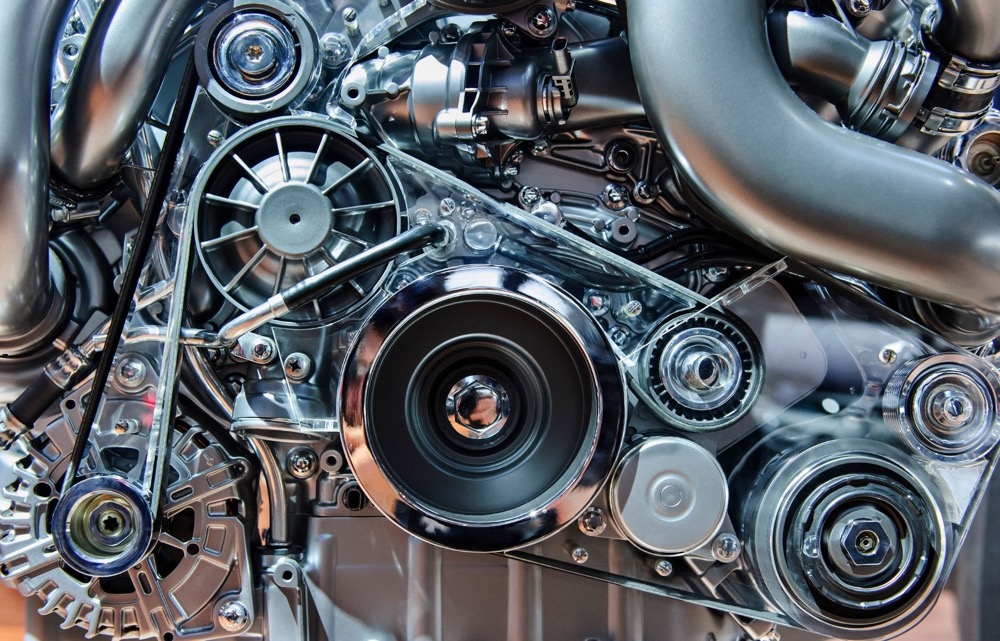
Final drive maintenance tips: preventing issues before it’s too late
December 2, 2025
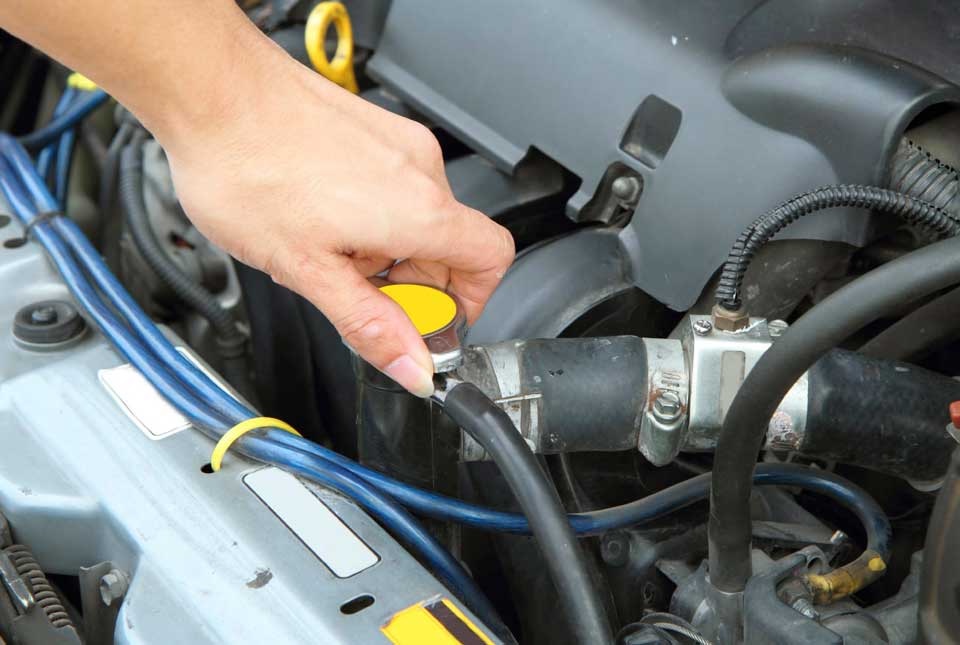
Engine cooling system maintenance for heavy equipment 101
December 2, 2025